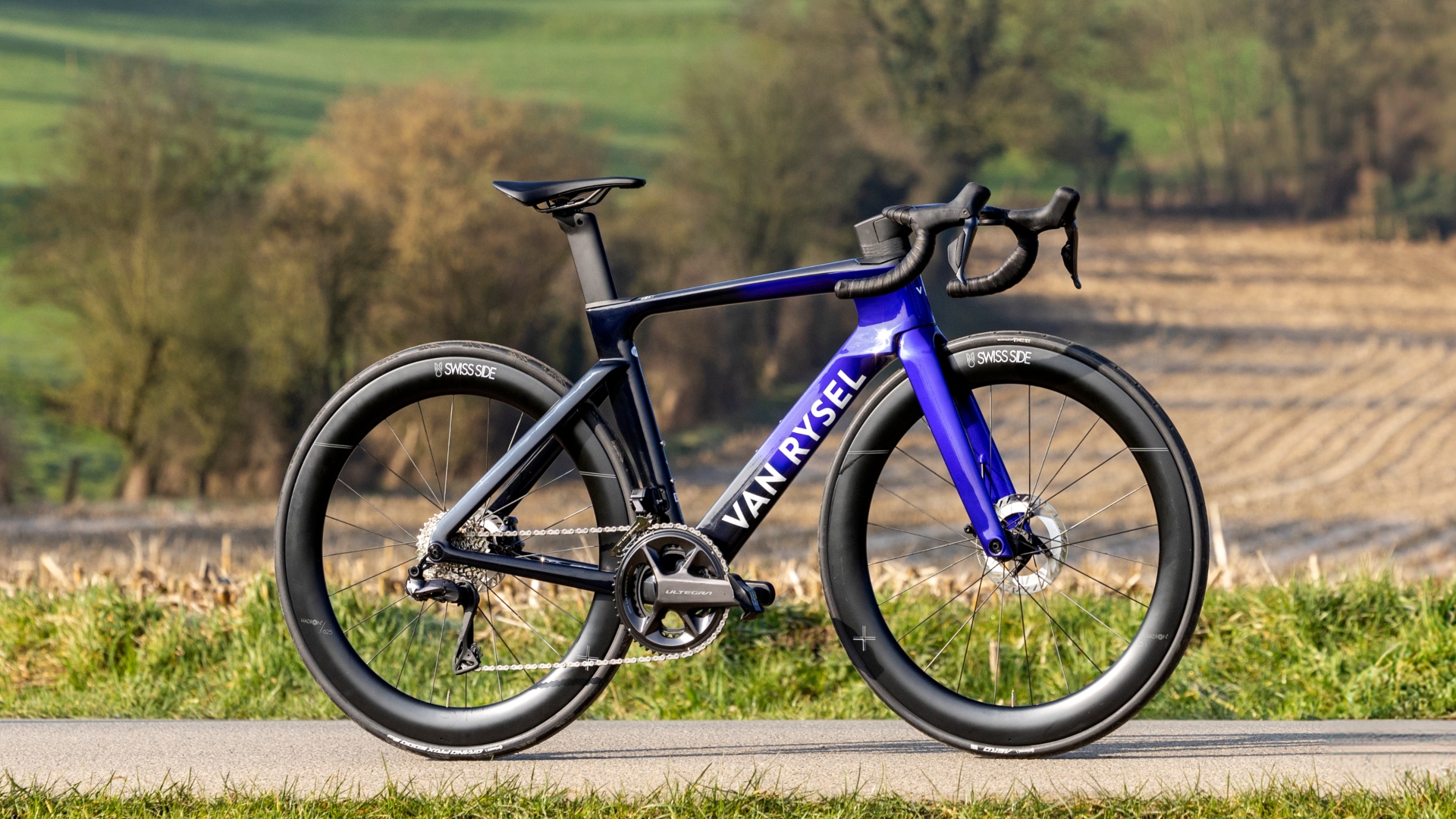
Today sees Van Rysel launch it's new aero-bike, the RCR-F, a bike that has been hiding in plain sight since last year’s Tour de France.
With the bike breaking cover over a year ago, perhaps the only shock should be that we haven't been able to buy one till now. Except there's another surprise with this long-anticipated launch, and that's the price. At 10k, it's no longer the cheapest bike in the pro-tour peloton, with pricing now on a par with direct-to-consumer brand, Canyon.
Ok, it's still a way off the price of a Factor Ostro Vam, or Specialized Tarmac SL8, but, they're clearly closing the gap. The other surprise is that you can only buy the new RCR-F through an exclusive arrangement with Sigma Sports. Sigma being synonymous with the fancy brands for dickies years.
That's somewhat confusing for a brand that set out it's stall as a value proposition when the RCR-pro debuted last year.
So what are they playing at, and is price parity the plan? Was it the plan all along, and was the RCR-pro just a loss leader to grab some headlines?
After all, the Ultegra equipped RCR-pro bike slipped in to the market much more quietly, under the cover of the headline halo-bike. It's ticket price was on a par with Canyon from the get-go. No one noticed, or cared.
For Trek, Specialized, or historic European brands like Colnago who have been directing cycling culture and dictating bicycle design for decades, it's easier to command higher pricing. I'm not arguing those brands are any more authentic – after all Colnago is in the hands of US Private Equity now. But regardless of who owns them now, or how far they might have strayed from their roots, they still sell a lot of bikes because of their heritage and history.
But, if the Van Rysel brand - a brand that was created ten minutes ago, in a flashy marketing agency – is now moving away from it's value orientated roots, the question is whether or not there is enough technology attached to the £10,000/$11,999 price tag for the new bike to go toe to toe with the bigger brands in cycling?
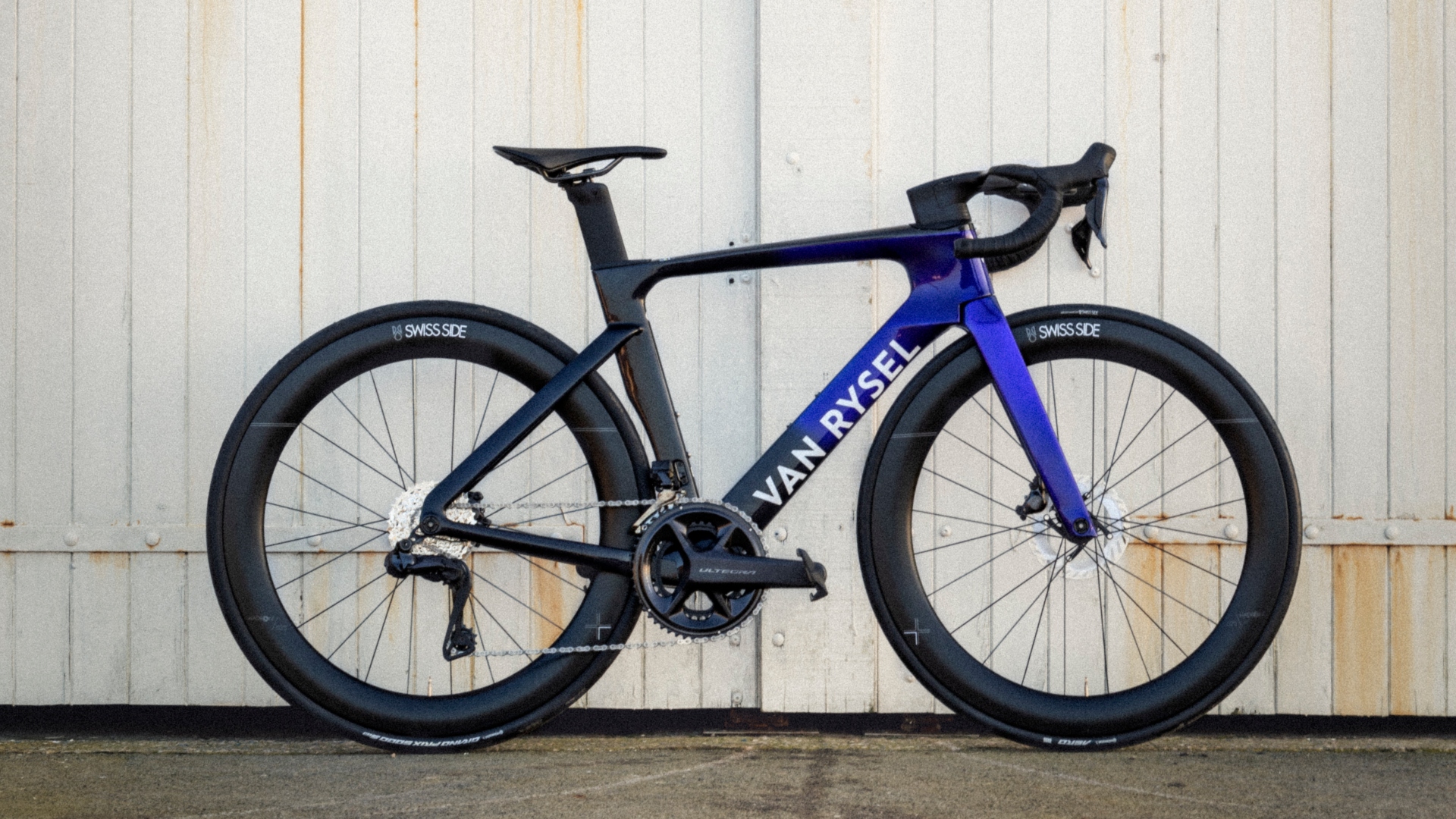
RCR-F new frameset
The new bike follows the same development template as the launch bike the RCR-pro, so as you might expect, the RCR-F has been worked on in close coordination with its pro team, Decathlon AG2R La Mondiale. The more you look at the details of this bike, the more it becomes abundantly clear that this bike has been designed with a pro WorldTour agenda, just like the first one.
The premium approach also continues, with a cockpit developed with Deda, and aero input from Swiss Side who also provide the wheelset. This has helped the bike to cheat the wind as much as possible and that's all very reassuring as the prices rise.
How many watts do you get back for your extra cash? Van Rysel is claiming that the new RCR-F is 13.6 watts faster at a test speed of 45km/h, and 20.1 watts faster when this speed increases to 55km/h. These numbers are quoted for wind tunnel testing carried out with bike only.
Van Rysel is also claiming a 7% improvement in front-end stiffness too, something I'm sure the WorldTour team will be thankful for. Ahead of Paris-Roubaix, and the Spring classics however, that might mean they're grateful for all of the 32mm of tyre clearance front and rear.
On the surface, it might look like the design team has taken the RCR and put it on a bulking diet, but there does appear to be a little more to it than that. Computational fluid dynamics (CFD) analysis reportedly started with the RCR-pro, where the brand says design engineers established the most important zones for improving efficiency. Unsurprisingly, the head tube, fork, and cockpit were all included here. Van Rysel then worked through six different frame iterations before finally landing on the RCR-F we see today.
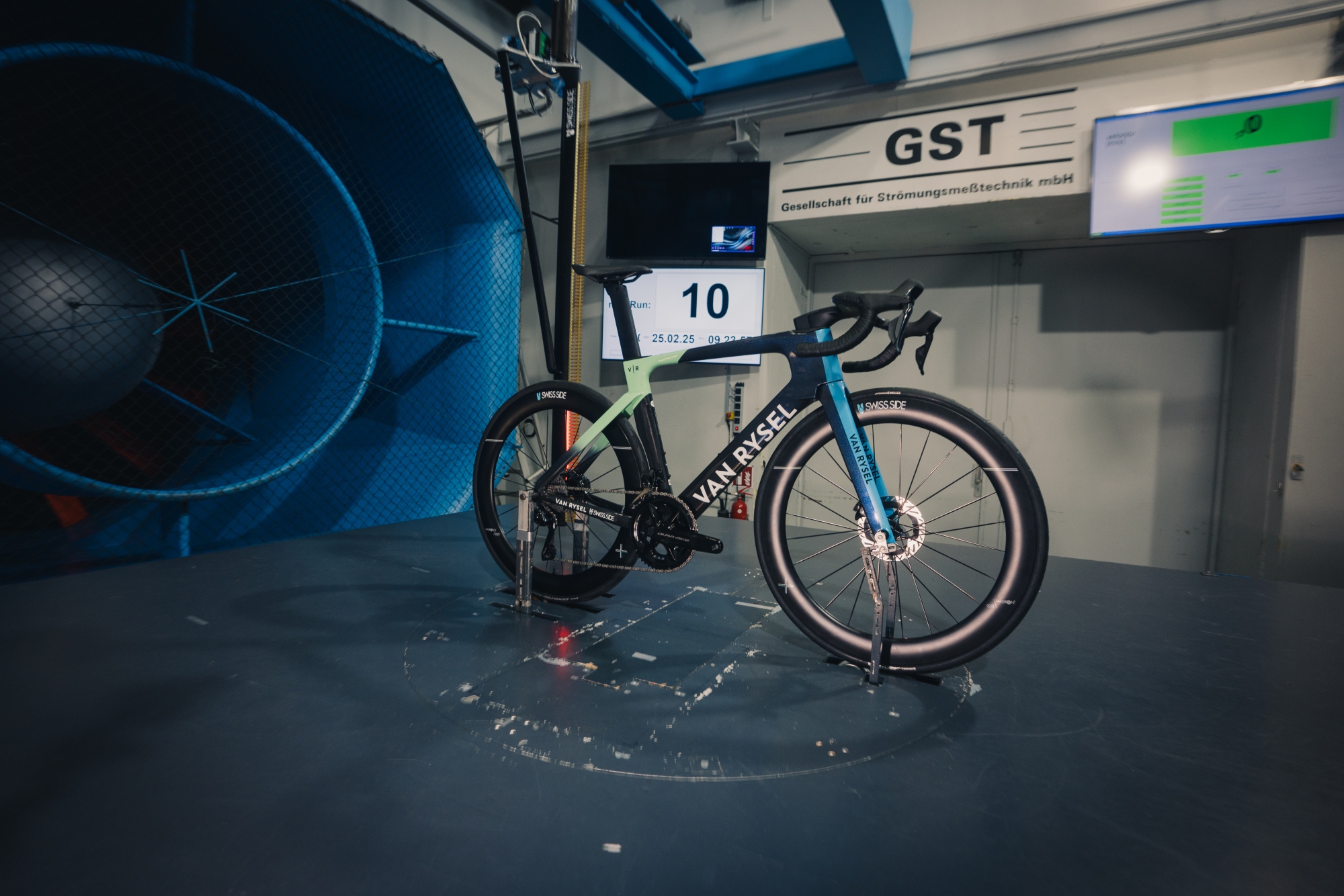
Of particular interest is the cockpit, again, worked on with Deda. The new one-piece setup is deeper, and presumably stiffer than before thanks to an increase in material, and is said to contribute 2.7 of the 13.6 saved watts at 45km/h. The drops are substantially different too, and once again the result of consultation with the Decathlon AG2R La Mondiale squad.
While the RCR-pro handlebar focused on keeping the climbers happy, the RCR-F's cockpit has been designed to improve handling and braking ergonomics predominantly for the more aero positions one can find themselves in on a road bike of this type - i.e. in the drops, and in an aggressive position on the hoods.
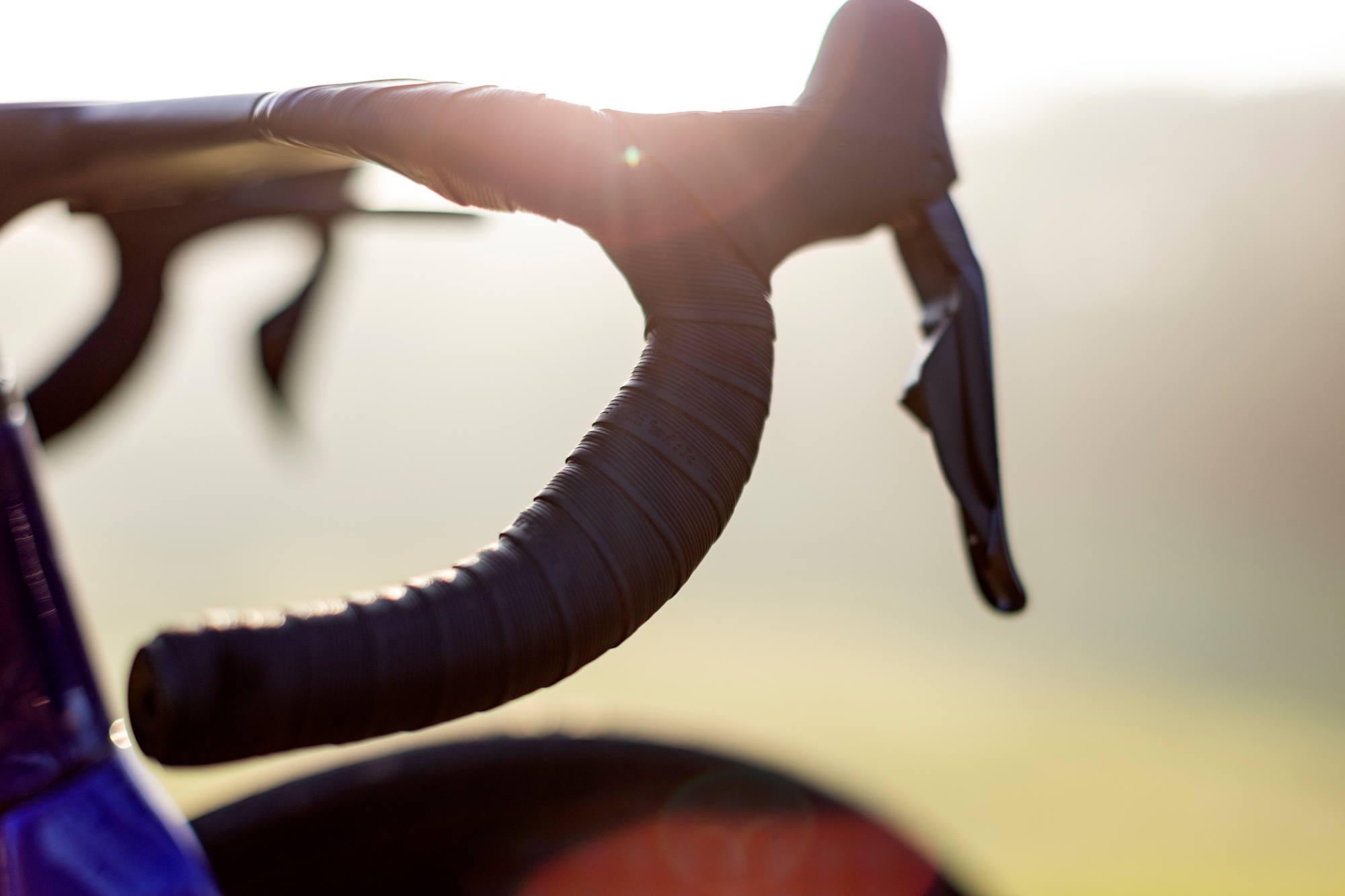
It is perhaps the geometry where the WorldTour focus is most obvious. Jeremie Debeuf, Van Rysel’s Head of Product wasn't lying when he said that the RCR-F was "a pure race bike - designed for speed, and nothing else.”
The bike has a stack of 535 and a reach of 392 for a size medium frame - that is not a position for the inflexible. By comparison, a Specialized Tarmac SL8 in a size 54 is 8mm shorter and 9mm higher, while a size Medium Canyon Aeroad CFR is 25mm higher at the front end. This could account for some of the claimed aero gains too. But, taken as a package, this should all make for a rapid bike.
Van Rysel claims the weight is not unreasonable, but not headline grabbing at 7.5kg. For a £10,000 range topper, complete with Shimano Dura-Ace Di2 and Swiss Side wheels, this bike is certainly not designed with the steepest climbs in mind.
RCR-F pricing and availability
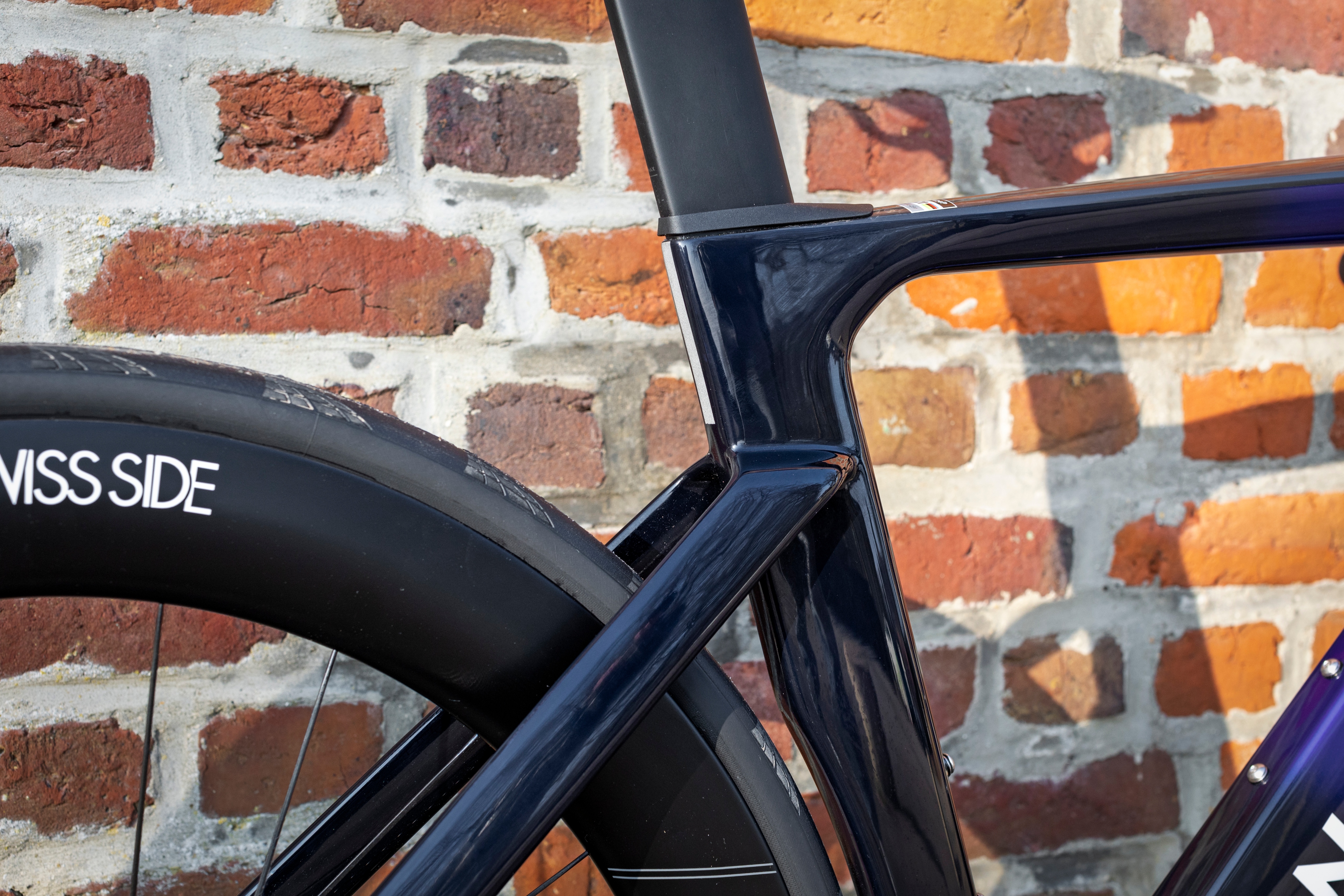
Just four different built options will be available for the RCR-F. Shimano 105 Di2 build is the first of these. Available in Europe and the UK, this build includes a power meter, and retails for €5,499/£5,000.
The next three builds are available in the UK, US, and Europe. An Ultegra Di2 model with power meter will hit the shelves with a €6,499/$7,999/£7,000 price tag, while the Pro Team Replica and Signature Dura-Ace builds will both ask the full-fat €9,499/$11,999/£10,000.
Can a value brand, born out of a brand strategy meeting, with a Flandrian sounding name buy itself enough heritage to justify it's ambitions for a higher ticket price? The bike looks impressive on paper, so only time will tell.
A full review will follow when we've spent some time on the bike.







